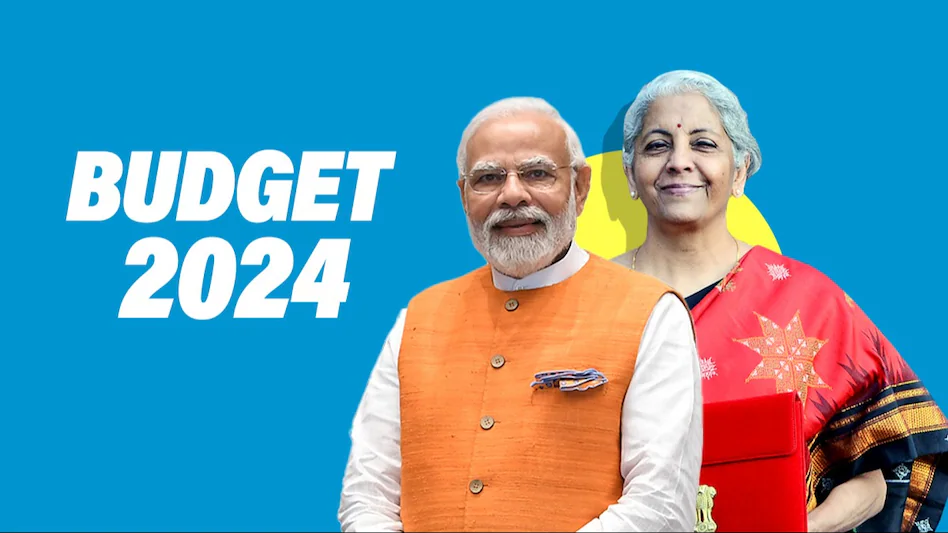India’s federal government announced on Tuesday that it will allocate a record 11.11 trillion rupees ($132.85 billion) for infrastructure spending in the financial year ending March 2025. The primary goal is to support growth and create more jobs in the world’s most populous country. Indian Prime Minister Narendra Modi’s newly formed government presented an annual budget to Parliament, emphasizing increased spending to boost job creation and spur economic growth while maintaining coalition partnerships.
The spending plan remains unchanged from the interim budget presented in February before the national elections. Finance Minister Nirmala Sitharaman highlighted that this allocation represents 3.4% of India’s GDP.
Why It’s Important:
- Over the past three years, the government has doubled infrastructure spending as a strategy to stimulate the economy. Longer-term capital expenditure now accounts for 3.4% of GDP, up from 1.7% in 2019-20.
- Infrastructure spending has a strong multiplier effect, generating demand across various sectors, including cement and steel, while creating jobs.
- Despite India’s economy expanding at a faster-than-expected pace of 7.8% in the March quarter, Prime Minister Narendra Modi faces criticism for not creating sufficient jobs. This has impacted consumption (which constitutes 60% of India’s GDP) and hindered private investment.
In her budget speech, Finance Minister Nirmala Sitharaman emphasized driving domestic growth through job creation, training, and support for small businesses. India’s inflation rate remains stable, and the economy grew at an impressive 8.2% rate in the last fiscal year.
The proposed budget includes:
- A $24 billion package for job creation over the next five years.
- Increased spending on loans for small and medium-sized businesses.
- $18 billion to support agriculture and farm technology, including climate-resilient seed varieties.
- $133 billion for the construction of thirty million homes, schools, airports, highways, and other infrastructure.
- Tax cuts for large corporations.
- Additional funds for Andhra Pradesh and Bihar, governed by the Modi government’s biggest coalition partners.
Modi expressed confidence that this budget will lead India toward “better growth and a bright future.” He restated his commitment to making India one of the world’s top three economies during his third term in office.
While India’s economy is projected to grow at an annual rate of 6.5% to 7% in the fiscal year ending March 2025, experts highlight unequal wealth distribution. Affluent Indians have benefited from rapid growth, while many in the large informal sector still face poor-quality jobs.
To address rising unemployment, the government plans to provide 12-month paid internship opportunities to 10 million young people in India’s top 500 companies. The training cost will be borne by the companies.

